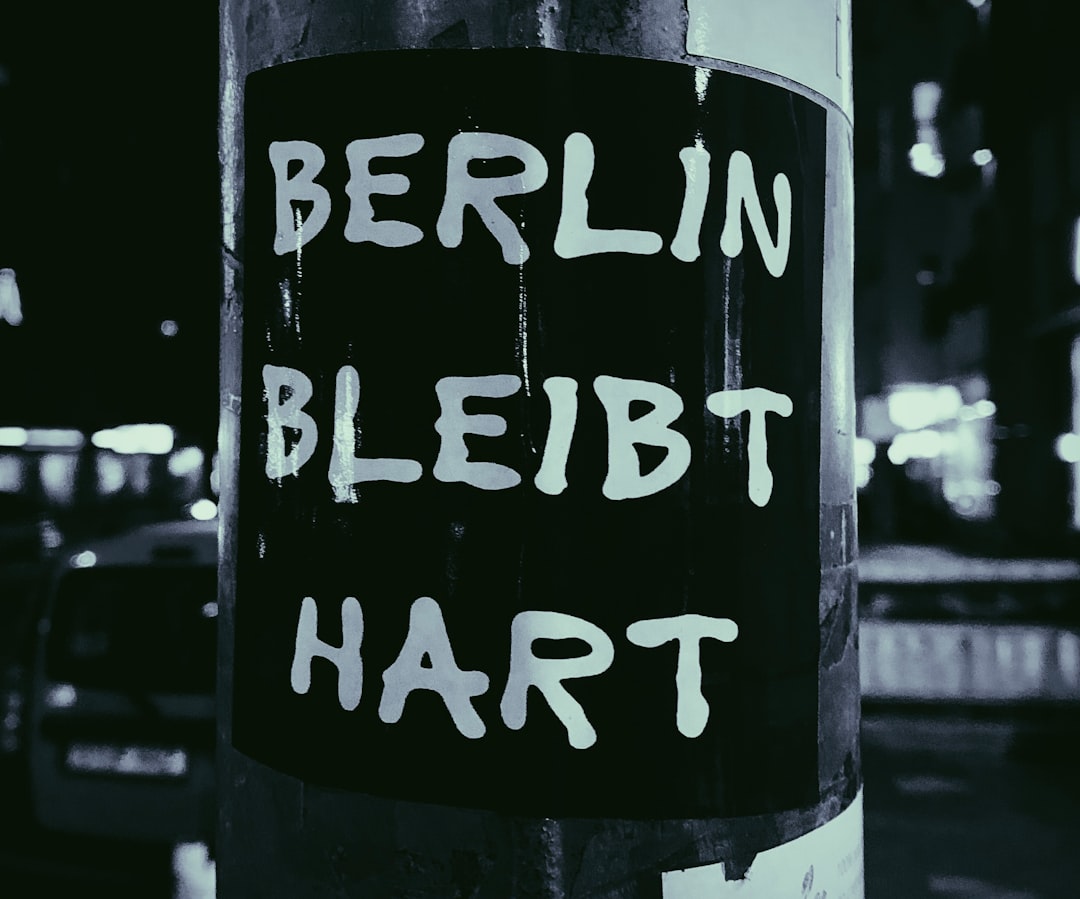Berlin: The Vibrant Heart of Germany
Berlin, the dynamic capital of Germany, stands as a symbol of resilience, creativity, and history. Known for its remarkable transformation over the past century, the city blends reminders of its turbulent past with a spirited embrace of the future. With iconic landmarks, an avant-garde arts scene, multifaceted neighborhoods, and a welcoming cosmopolitan spirit, Berlin draws travelers, students, and artists from all corners of the world.
Table of Contents
- Introduction
- Historical Overview
- Geography and Demographics
- Economic Significance
- Political Importance
- Culture and Arts
- Education and Science
- Tourism
- Notable Landmarks & Attractions (Table Included)
- Berlin’s Neighborhoods (Table Included)
- Conclusion
1. Introduction
Located in northeastern Germany, Berlin stretches over a vast terrain filled with rivers, lakes, and forests. As the country’s largest city by area and population, it serves as a critical hub for government, commerce, learning, and culture.
2. Historical Overview
Berlin's history is both rich and complex. Established in the 13th century, it grew in importance as the capital of the Kingdom of Prussia, the German Empire, and later, during the fraught periods before, during, and after World War II.
- Prussian Capital: Berlin flourished under Prussian rule, becoming a center for politics and culture.
- Weimar & Nazi Eras: The city experienced both the liberal boom of the 1920s and the subsequent darkness of the Nazi regime.
- Cold War: Post-1945, Berlin became a symbol of division, split into East (Soviet-controlled) and West (American, British, French-controlled) zones.
- Reunification: The fall of the Berlin Wall in 1989 marked Germany’s reunification, and Berlin resumed its role as capital.
3. Geography and Demographics
Berlin covers approximately 891.8 km² (344 sq mi), with rivers Spree and Havel crossing through, and is surrounded by the state of Brandenburg.
| Statistic | Value |
|---|---|
| Area | 891.8 km² |
| Population (2023) | ~3.8 million |
| Population Density | 4,265/km² |
| Major Rivers | Spree, Havel |
| Highest Point | Teufelsberg (120 m) |
With over 190 nationalities represented, Berlin is among Europe’s most multicultural cities.
4. Economic Significance
Berlin's economy is diverse, distinguished by startups, technology, services, media, and creative industries. The city’s relatively affordable cost of living has attracted a flourishing tech and creative sector, earning it nicknames such as “Silicon Allee.”
Key Economic Sectors:
- Information and Communications Technology (ICT)
- Creative Industries (music, design, film)
- Tourism
- Biotechnology & Healthcare
- Public Administration
5. Political Importance
As the seat of the German federal government, Berlin houses the Bundestag (Parliament), Bundesrat, and numerous ministries. The city is also a hub for international diplomacy, home to embassies and international institutions.
6. Culture and Arts
Berlin is world-renowned for its vibrant arts scene and cultural diversity. With over 180 museums, more than 400 art galleries, three opera houses, and hundreds of theaters and music venues, the city offers unmatched richness.
Notable Institutions:
- Museum Island (a UNESCO World Heritage Site)
- Berlin Philharmonic
- Deutsches Theater
- Berlin International Film Festival (Berlinale)
Nightlife is legendary, with techno clubs like Berghain attracting a global following. Street art and graffiti are part of the visual landscape, attesting to the city’s open and creative ethos.
7. Education and Science
Berlin is a leading center for higher education and research, boasting four major universities and a string of renowned technical colleges and research institutes.
Major Universities:
- Humboldt University
- Freie Universität Berlin
- Technische Universität Berlin
- Berlin University of the Arts
Collaborations between academia and industry fuel Berlin’s innovation.
8. Tourism
With over 14 million annual visitors pre-pandemic, Berlin is a top European destination. Its appeal lies in history, culture, food, and unique atmosphere.
9. Notable Landmarks & Attractions
| Landmark | Description |
|---|---|
| Brandenburg Gate | 18th-century neoclassical monument & symbol of reunification. |
| Reichstag Building | Seat of the German Parliament, famed for its glass dome. |
| Berlin Wall Memorial | Preserved section with a museum about division and reunification. |
| Museum Island | Five internationally significant museums on an island in the Spree river. |
| Alexanderplatz | Major public square & transport hub, home to the TV Tower. |
| Berliner Dom | Imposing Protestant cathedral with spectacular views from the dome. |
| East Side Gallery | Longest preserved Berlin Wall section, covered in murals and graffiti. |
| Potsdamer Platz | Revitalized district blending modern architecture, shopping, and cuisine. |
| Charlottenburg Palace | Baroque palace and gardens, once home to Prussian royalty. |
| Gendarmenmarkt | Picturesque square with Concert Hall, French & German cathedrals. |
10. Berlin’s Neighborhoods
Berlin’s local “Kieze” (neighborhoods) are integral to its identity. Each offers a unique flavor, from hip and alternative to historic and elegant.
| Neighborhood | Character | Highlights |
|---|---|---|
| Mitte | Historical, central | Brandenburg Gate, Museums, Politics |
| Kreuzberg | Bohemian, multicultural | Street food, nightlife, street art |
| Friedrichshain | Young, alternative | Clubs like Berghain, East Side Gallery |
| Prenzlauer Berg | Family-friendly, trendy | Cafés, boutiques, Mauerpark flea market |
| Charlottenburg | Elegant, historic | Kurfürstendamm shopping, palaces |
| Neukölln | Up-and-coming, diverse | Turkish markets, creative spaces |
11. Conclusion
Berlin’s story is one of rebirth and reinvention. From a royal seat to a battlefield of ideologies, to the cultural, political, and economic heart of reunified Germany, Berlin continually shapes—and is shaped by—history. Its urban landscape tells tales of division and unity, tradition and innovation. For visitors and residents alike, Berlin promises both the lessons of the past and the excitement of what’s next.
References:
- Berlin.de (Official City Portal)
- VisitBerlin.de (Berlin Tourism & Congress GmbH)
- Statista, Federal Statistical Office of Germany
- UNESCO World Heritage Site: Museumsinsel
Whether as a traveler, student, entrepreneur, or culture enthusiast, Berlin remains an essential destination—a city never standing still.

Comments
No comments yet. Be the first to comment!